Introduction
Small-cap stocks—companies worth between $300 million and $2 billion—are like hidden treasures: they can shine brightly but are often hard to find and risky to hold. Their prices swing wildly, making them a playground for traders. Algorithmic trading, or “algo trading,” is like a super-smart robot that buys and sells stocks faster than any human, using math and data. For small-cap investors, understanding algo trading can unlock new opportunities or help avoid pitfalls. In this guide, we’ll explain algo trading for small-cap stocks, with simple steps, real examples, and tips that even beginners can use to stay ahead.
What Is Algorithmic Trading?
Algorithmic trading uses computer programs to trade stocks automatically based on rules, like price changes or market signals. These “algorithms” act like a chef following a recipe, making trades in milliseconds. For small-cap stocks, algo trading is common because their volatility—big price jumps—creates chances for quick profits. In 2024, about 80% of U.S. stock market volume came from algo trading, including small-caps (Investopedia).
● Types of Algos: Some chase trends (buying when prices rise), others hunt bargains (buying when prices dip), and some balance portfolios.
● Small-Cap Fit: Small-caps’ low trading volume and news-driven swings make them targets for algos looking for fast price changes.
Why Algo Trading Matters for Small-Caps
Small-cap stocks are more volatile than big companies. In 2024, the Russell 2000 Index, a small-cap benchmark, swung 28% from high to low, compared to the S&P 500’s 18% (Yahoo Finance). This volatility attracts algo traders, but it affects regular investors too. Here’s why:
● Speed: Algos trade faster, snapping up deals before you can blink.
● Impact: Algo trades can push small-cap prices up or down quickly, especially in low-volume stocks.
● Opportunity: Understanding algo patterns can help you trade alongside them or avoid their traps.
For example, in 2023, algo-driven “flash crashes” caused sudden 5–10% drops in some small-caps, only to recover minutes later (Bloomberg). Knowing how algos work helps you navigate these waves.
Strategy 1: Trend-Following with Algo Signals
Algos often chase trends, buying when small-cap stocks break out or selling when they drop. You can follow algo trendsby spotting their patterns and trading alongside them, like surfing a wave they create.
● How It Works: Watch for small-cap stocks breaking past key price levels with high volume, a sign algos are jumping in. Buy to ride the trend.
● Real Example: In August 2024, Clearfield (CLFD), a small-cap tech stock, broke above $40 with tripled volume, likely algo-driven after a strong earnings report. A trader bought at $41, with a stop-loss at $39, targeting $46. CLFD hit $46 in a week, earning a $5 profit per share (Yahoo Finance).
● Simple Steps:
○ Use a free chart tool like Yahoo Finance to spot breakouts (price crossing a high or low).
○ Look for volume spikes, a clue algos are active.
○ Buy with a stop-loss below the breakout level, aiming for a 1:2 risk-reward ratio.
○ Exit if the trend stalls or volume drops.
● Tip: Confirm with the Relative Strength Index (RSI) to avoid false breakouts. RSI above 50 supports bullish trends (Fidelity).
This strategy is like joining a fast-moving crowd—get in early and stay alert.
Strategy 2: Avoiding Algo-Driven Whipsaws
Algos can cause whipsaws, where small-cap prices spike or crash briefly before reversing. These are traps for regular investors. You can avoid them by waiting for confirmation before trading.
● How It Works: Skip trades during sudden price spikes or drops in small-caps, especially with low volume. Wait for steady price action to confirm the move.
● Real Example: In September 2024, Ligand Pharmaceuticals (LGND), a small-cap biotech, spiked 8% to $110 in minutes with low volume, likely algo-driven. A trader waited, and the price fell back to $102. They bought at $103 when volume stabilized, with a stop-loss at $100, targeting $108. LGND hit $108, earning a $5 profit per share (Yahoo Finance).
● Simple Steps:
○ Watch for sharp price moves (5%+ in minutes) with low volume on small-caps.
○ Wait 15–30 minutes for the price to settle or volume to rise.
○ Trade only if the price holds a key level (like a moving average) with normal volume.
○ Use a stop-loss to limit risk.
● Tip: Use a 10-minute chart to spot whipsaws and check the Moving Average Convergence Divergence (MACD) for trend confirmation (TradingView).
This strategy is like stepping aside when a crowd rushes by—wait for calm to move.
Strategy 3: Using Algo-Friendly ETFs for Small-Caps
Instead of trading single small-caps, use ETFs like the iShares Russell 2000 ETF (IWM), which algos trade heavily due to high volume. Algo-friendly ETF trading lets you piggyback on algo patterns with less risk.
● How It Works: Apply trend-following or breakout strategies to IWM, which spreads risk across many small-caps. Algos’ high activity in IWM creates clearer patterns.
● Real Example: In Q3 2024, IWM broke above $220 with a volume surge, signaling algo buying after a Federal Reserve rate cut. A trader bought at $222, with a stop-loss at $218, targeting $230. IWM hit $230 in two weeks, earning an $8 profit per share (Yahoo Finance).
● Simple Steps:
○ Track IWM’s chart for breakouts or trends using a tool like Yahoo Finance.
○ Look for volume spikes or price crossing a 50-day moving average, signs of algo activity.
○ Buy with a stop-loss below the breakout or trend level, targeting a 1:2 risk-reward.
○ Exit if volume fades or the trend weakens.
● Tip: Check economic news (like rate changes) that trigger algo trades in small-cap ETFs (Schwab).
This strategy is like riding a bigger, smoother wave created by algo traders.
Tools to Spot Algo Activity
Small-caps’ volatility makes spotting algo trades tricky, but these tools help:
● Volume: Sudden volume spikes (2–3x normal) often mean algo activity.
● RSI: Confirms trends (above 50 for uptrends, below 50 for downtrends).
● MACD: Shows momentum shifts, useful for breakouts or whipsaws.
● Level 2 Data: Shows real-time buy/sell orders, hinting at algo moves (available on platforms like Thinkorswim).
For example, in the CLFD trade, a volume spike and RSI above 50 confirmed algo-driven buying. Always check a stock’s average daily volume, as low-volume small-caps are prone to algo manipulation (Investopedia).
Comparing Algo Trading Strategies
Create a markdown table comparing algo trading strategies for small-cap stocks. Include columns for strategy, difficulty, best market condition, and resource, and link to Yahoo Finance.
Strategy Difficulty Best Market Condition Resource
Trend-Following Moderate Breakouts with news https://finance.yahoo.com/quote/CLFD
Avoiding Whipsaws Easy Sudden price spikes https://finance.yahoo.com/quote/LGND
Algo-Friendly ETF Easy High algo activity https://finance.yahoo.com/quote/IWM
This table helps you pick a strategy that suits your skills and market conditions.
Small-Cap Stocks for Algo Trading
Create a markdown table comparing small-cap stocks ideal for algo trading. Include columns for stock symbol, sector, P/E ratio, and 1-year return, and link to Yahoo Finance.
Stock Symbol Sector P/E Ratio 1-Year Return Link
CLFD Technology 14.8 35.6% https://finance.yahoo.com/quote/CLFD
LGND Healthcare 15.6 25.7% https://finance.yahoo.com/quote/LGND
IWM ETF (Small-Cap) N/A 22.3% https://finance.yahoo.com/quote/IWM
These stocks and ETFs, based on 2024 Yahoo Finance data, are active and volatile, making them targets for algo trading.
Wrapping Up
Algorithmic trading is like a fast-moving river in the small-cap stock world—understanding it helps you swim with the current, not against it. Trend-following rides algo waves, avoiding whipsaws keeps you safe, and ETF trading offers a smoother path. Start with a simple step, like watching CLFD for a breakout with a free tool like Yahoo Finance. Keep an eye on volume and news to spot algo moves, and consider IWM for less risk. With these strategies, you can navigate small-cap trading like a pro. Try one idea today and dive into the algo world!




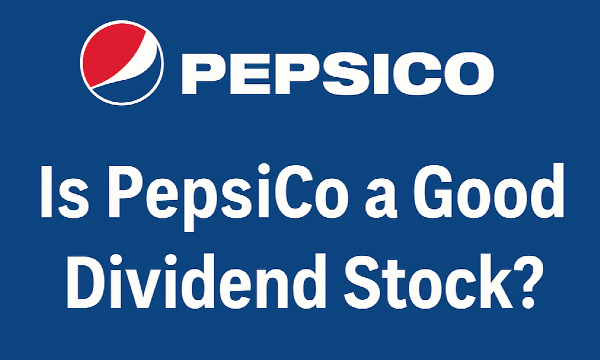
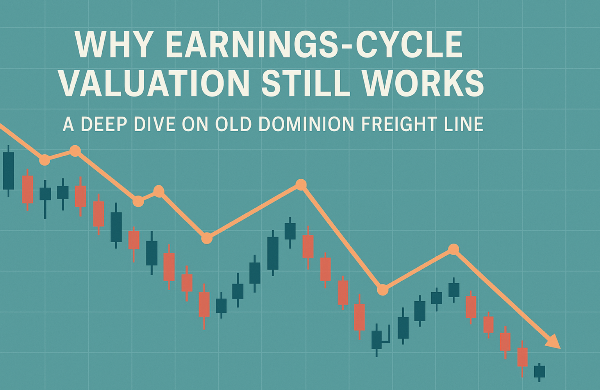
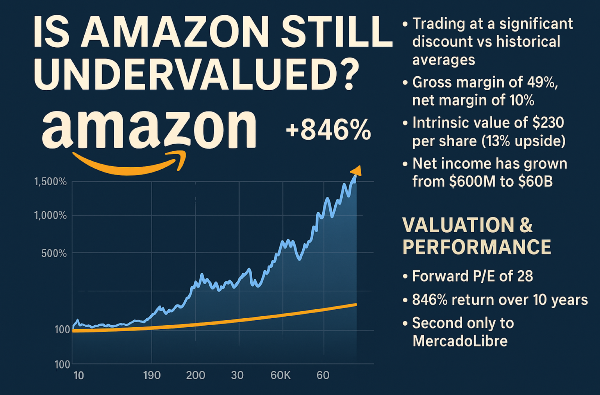



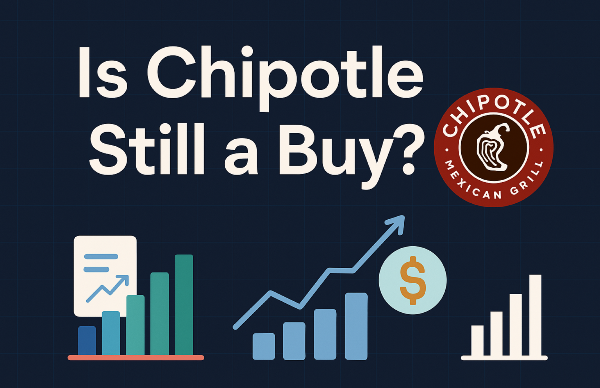
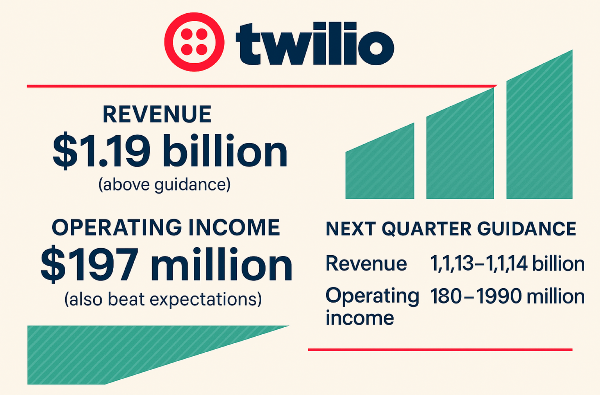
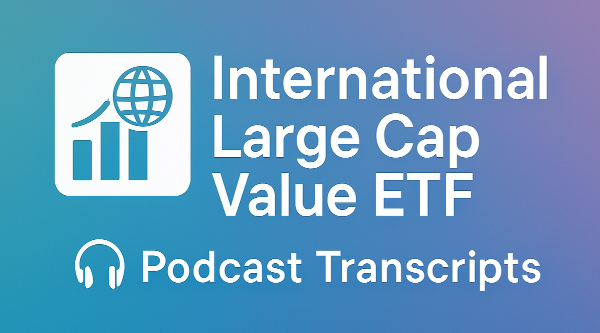
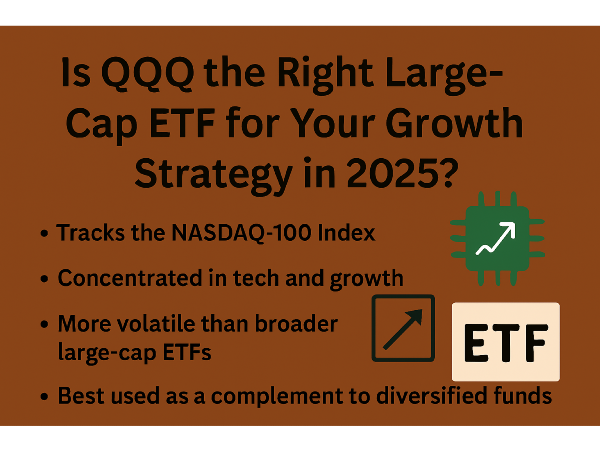

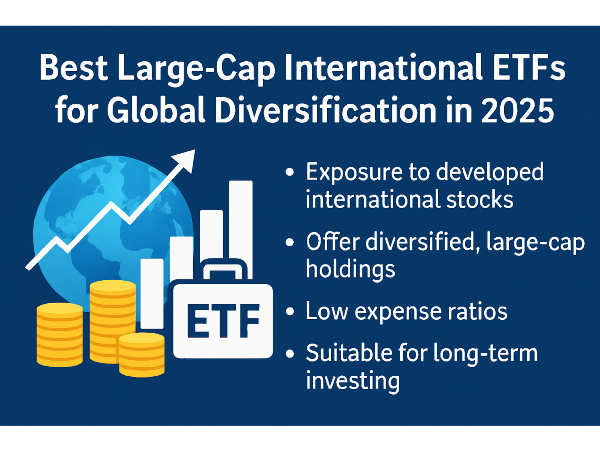
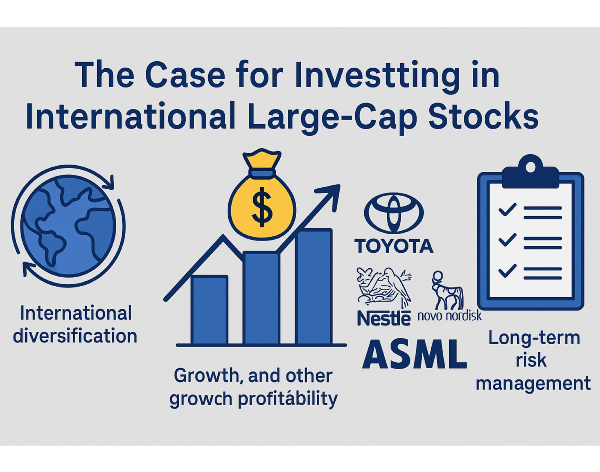




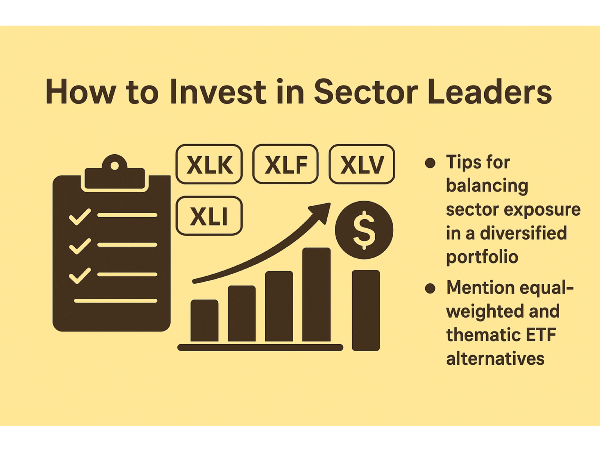









Introduction Small-cap stocks—companies worth between $300 million and $2 billion—are like hidden treasures: they can shine brightly but are often hard to find and risky to hold. Their prices swing wildly, making them a playground for traders. Algorithmic trading, or “algo trading,” is like a super-smart robot that buys and sells stocks faster than any human, using math and data. For small-cap investors, understanding algo trading can unlock new opportunities or help avoid pitfalls. In this guide, we’ll explain algo trading for small-cap stocks, with simple steps, real examples, and tips that even beginners can use to stay ahead. What Is Algorithmic Trading? Algorithmic trading uses computer programs to trade stocks automatically based on rules, like price changes or market signals. These “algorithms” act like a chef following a recipe, making trades in milliseconds. For small-cap stocks, algo trading is common because their volatility—big price jumps—creates chances for quick profits. In 2024, about 80% of U.S. stock market volume came from algo trading, including small-caps (Investopedia). ● Types of Algos: Some chase trends (buying when prices rise), others hunt bargains (buying when prices dip), and some balance portfolios. ● Small-Cap Fit: Small-caps’ low trading volume and news-driven swings make them targets for algos looking for fast price changes. Why Algo Trading Matters for Small-Caps Small-cap stocks are more volatile than big companies. In 2024, the Russell 2000 Index, a small-cap benchmark, swung 28% from high to low, compared to the S&P 500’s 18% (Yahoo Finance). This volatility attracts algo traders, but it affects regular investors too. Here’s why: ● Speed: Algos trade faster, snapping up deals before you can blink. ● Impact: Algo trades can push small-cap prices up or down quickly, especially in low-volume stocks. ● Opportunity: Understanding algo patterns can help you trade alongside them or avoid their traps. For example, in 2023, algo-driven “flash crashes” caused sudden 5–10% drops in some small-caps, only to recover minutes later (Bloomberg). Knowing how algos work helps you navigate these waves. Strategy 1: Trend-Following with Algo Signals Algos often chase trends, buying when small-cap stocks break out or selling when they drop. You can follow algo trendsby spotting their patterns and trading alongside them, like surfing a wave they create. ● How It Works: Watch for small-cap stocks breaking past key price levels with high volume, a sign algos are jumping in. Buy to ride the trend. ● Real Example: In August 2024, Clearfield (CLFD), a small-cap tech stock, broke above $40 with tripled volume, likely algo-driven after a strong earnings report. A trader bought at $41, with a stop-loss at $39, targeting $46. CLFD hit $46 in a week, earning a $5 profit per share (Yahoo Finance). ● Simple Steps: ○ Use a free chart tool like Yahoo Finance to spot breakouts (price crossing a high or low). ○ Look for volume spikes, a clue algos are active. ○ Buy with a stop-loss below the breakout level, aiming for a 1:2 risk-reward ratio. ○ Exit if the trend stalls or volume drops. ● Tip: Confirm with the Relative Strength Index (RSI) to avoid false breakouts. RSI above 50 supports bullish trends (Fidelity). This strategy is like joining a fast-moving crowd—get in early and stay alert. Strategy 2: Avoiding Algo-Driven Whipsaws Algos can cause whipsaws, where small-cap prices spike or crash briefly before reversing. These are traps for regular investors. You can avoid them by waiting for confirmation before trading. ● How It Works: Skip trades during sudden price spikes or drops in small-caps, especially with low volume. Wait for steady price action to confirm the move. ● Real Example: In September 2024, Ligand Pharmaceuticals (LGND), a small-cap biotech, spiked 8% to $110 in minutes with low volume, likely algo-driven. A trader waited, and the price fell back to $102. They bought at $103 when volume stabilized, with a stop-loss at $100, targeting $108. LGND hit $108, earning a $5 profit per share (Yahoo Finance). ● Simple Steps: ○ Watch for sharp price moves (5%+ in minutes) with low volume on small-caps. ○ Wait 15–30 minutes for the price to settle or volume to rise. ○ Trade only if the price holds a key level (like a moving average) with normal volume. ○ Use a stop-loss to limit risk. ● Tip: Use a 10-minute chart to spot whipsaws and check the Moving Average Convergence Divergence (MACD) for trend confirmation (TradingView). This strategy is like stepping aside when a crowd rushes by—wait for calm to move. Strategy 3: Using Algo-Friendly ETFs for Small-Caps Instead of trading single small-caps, use ETFs like the iShares Russell 2000 ETF (IWM), which algos trade heavily due to high volume. Algo-friendly ETF trading lets you piggyback on algo patterns with less risk. ● How It Works: Apply trend-following or breakout strategies to IWM, which spreads risk across many small-caps. Algos’ high activity in IWM creates clearer patterns. ● Real Example: In Q3 2024, IWM broke above $220 with a volume surge, signaling algo buying after a Federal Reserve rate cut. A trader bought at $222, with a stop-loss at $218, targeting $230. IWM hit $230 in two weeks, earning an $8 profit per share (Yahoo Finance). ● Simple Steps: ○ Track IWM’s chart for breakouts or trends using a tool like Yahoo Finance. ○ Look for volume spikes or price crossing a 50-day moving average, signs of algo activity. ○ Buy with a stop-loss below the breakout or trend level, targeting a 1:2 risk-reward. ○ Exit if volume fades or the trend weakens. ● Tip: Check economic news (like rate changes) that trigger algo trades in small-cap ETFs (Schwab). This strategy is like riding a bigger, smoother wave created by algo traders. Tools to Spot Algo Activity Small-caps’ volatility makes spotting algo trades tricky, but these tools help: ● Volume: Sudden volume spikes (2–3x normal) often mean algo activity. ● RSI: Confirms trends (above 50 for uptrends, below 50 for downtrends). ● MACD: Shows momentum shifts, useful for breakouts or whipsaws. ● Level 2 Data: Shows real-time buy/sell orders, hinting at algo moves (available on platforms like Thinkorswim). For example, in the CLFD trade, a volume spike and RSI above 50 confirmed algo-driven buying. Always check a stock’s average daily volume, as low-volume small-caps are prone to algo manipulation (Investopedia). Comparing Algo Trading Strategies Create a markdown table comparing algo trading strategies for small-cap stocks. Include columns for strategy, difficulty, best market condition, and resource, and link to Yahoo Finance. Strategy Difficulty Best Market Condition Resource Trend-Following Moderate Breakouts with news https://finance.yahoo.com/quote/CLFD
Avoiding Whipsaws Easy Sudden price spikes https://finance.yahoo.com/quote/LGND
Algo-Friendly ETF Easy High algo activity https://finance.yahoo.com/quote/IWM
This table helps you pick a strategy that suits your skills and market conditions. Small-Cap Stocks for Algo Trading Create a markdown table comparing small-cap stocks ideal for algo trading. Include columns for stock symbol, sector, P/E ratio, and 1-year return, and link to Yahoo Finance. Stock Symbol Sector P/E Ratio 1-Year Return Link CLFD Technology 14.8 35.6% https://finance.yahoo.com/quote/CLFD
LGND Healthcare 15.6 25.7% https://finance.yahoo.com/quote/LGND
IWM ETF (Small-Cap) N/A 22.3% https://finance.yahoo.com/quote/IWM
These stocks and ETFs, based on 2024 Yahoo Finance data, are active and volatile, making them targets for algo trading. Wrapping Up Algorithmic trading is like a fast-moving river in the small-cap stock world—understanding it helps you swim with the current, not against it. Trend-following rides algo waves, avoiding whipsaws keeps you safe, and ETF trading offers a smoother path. Start with a simple step, like watching CLFD for a breakout with a free tool like Yahoo Finance. Keep an eye on volume and news to spot algo moves, and consider IWM for less risk. With these strategies, you can navigate small-cap trading like a pro. Try one idea today and dive into the algo world!